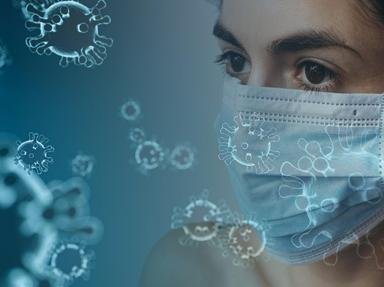Quiz Answer Key and Fun Facts
1. Endometriosis is a disease mainly of this body organ:
2. Endometriosis is normally a disease of women in their late 30s and 40s:
3. Which of these is NOT a definitive cause of endometriosis?
4. How does endometrial tissue get outside the uterus to cause endometriosis on lungs and tissue far from the uterus?
5. Which of these IS a life-threatening symptom of endometriosis?
6. How was endometriosis referred to in the 1980s when women and their doctors were becoming more aware of it?
7. What is the average length of time between a woman's first symptoms of endometriosis and a confirmed diagnosis that she has this disease?
8. From the 1970s to the 1990s, a hormone-based treatment was one of the main drugs prescribed to treat endometriosis. Used more often by bodybuilders and weightlifters, which hormone did the treatment contain?
9. Which genetic marker is NOT key to identifying endometriosis?
10. What is an interrupted hysterectomy, one of the most effective treatments for endometriosis?
Source: Author
StarGaGa
This quiz was reviewed by FunTrivia editor
rossian before going online.
Any errors found in FunTrivia content are routinely corrected through our feedback system.

